For years I didn’t understand the steampunk community’s obsession with airships. I understood that they were transportation ephemera of a sort and that they harkened back to a bygone era, but I always thought they were too small. This was due in large part to my misunderstanding of their construction.
I was further confused when I realized I didn’t understand how mooring masts worked. The giant spire atop the Empire State Building was initially designed to be a mooring mast, but I could never understand how passengers would get down from the gondola. Ropes? Ladders? Either way, it sounded like it would be dangerous.
It wasn’t until I read Larry Correia’s novel Hard Magic in January that I decided to look further into dirigibles. His book utilizes them a great deal, but I was having a difficult time picturing the spaces described, so I began to research. It turns out my assumptions were very wrong. Airships had decks! Passenger cabins! Lounges! Promenades! As I started asking my friends, I discovered that I wasn’t alone in my ignorance. I blame The Rocketeer.
So where were these accommodations? This surprised me as well. As the illustration below describes, they were most often inside the ridge frame of the airship itself.
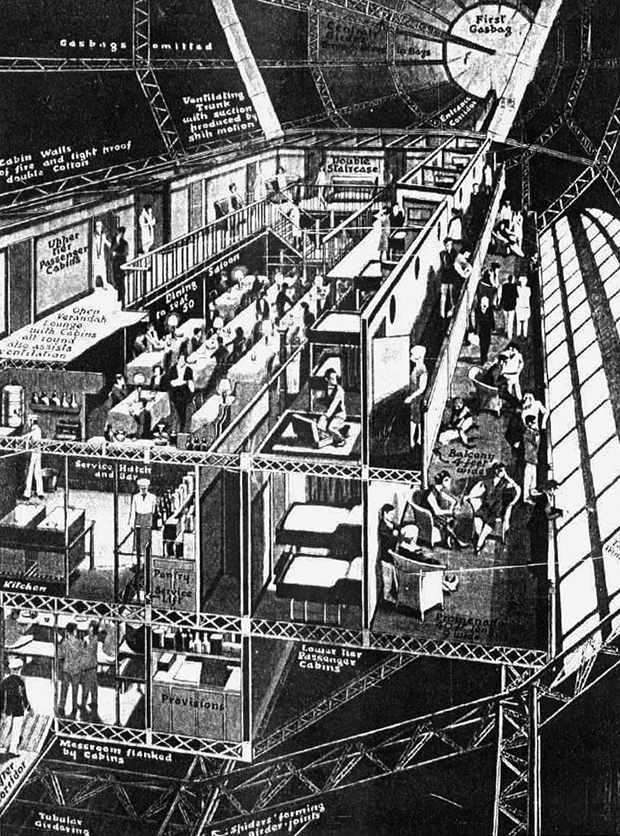 A 1928 drawing by S.W. Clatworthy showing the accommodation aboard the R100
A 1928 drawing by S.W. Clatworthy showing the accommodation aboard the R100
For years, I operated under the assumption that passengers were as crammed into the tight space of a gondola (similar to military dirigibles.) But the tiny gondolas that dangled below looked uncomfortable for a long flight across the Atlantic. It turns out they were the exact opposite of cramped. When I realized they had more in common with starships, ocean liners, and riverboats, my perspective changed. They became something much more, and I immediately understood the obsession.
My research led me to The Airship Heritage Trust, which had a collection of images of the British R100, one of the premiere passenger airships of its day and similar in design to the famous Hindenburg. There you can find photos, ship plans, flight logs, and much more. If you’re looking for details, I highly recommend browsing that site.
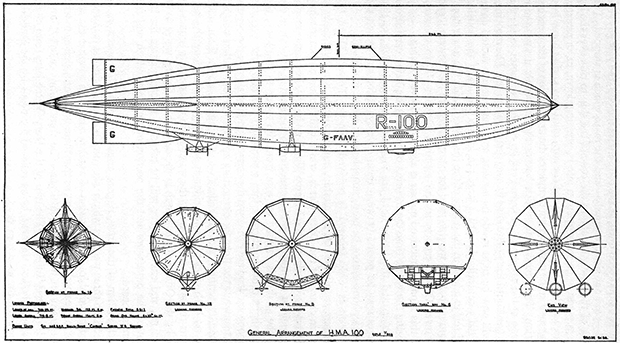 Plans of the R100
Plans of the R100
I was fascinated by the layout, and the passion began to make sense. Below is a collection of images and some deck plans I have found relating to the interior and passenger spaces of airships. These come from the British R100 and R101 and the Nazi LZ 127 Graf Zeppelin, LZ 129 Hindenburg, and LZ 130 Graf Zeppelin II. I also included a photo at the end showing passengers boarding the R101 so you can see how mooring masts worked. Makes a lot more sense than what I had in my head. In some cases, I did some minor color correction and cropping to give the gallery some unity.
 Maids in the main lounge of an R100.
Maids in the main lounge of an R100.  Passengers gathering outside the LZ 129 Hindenburg.
Passengers gathering outside the LZ 129 Hindenburg.  Cutaway of a R101.
Cutaway of a R101.  Passengers on the promenade of the R100.
Passengers on the promenade of the R100.  Diners at tea in the dining room of a half-built R100.
Diners at tea in the dining room of a half-built R100.  Main lounge of the R101.
Main lounge of the R101. 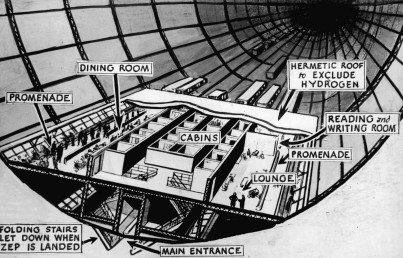 Cutaway of the LZ 129 Hindenburg.
Cutaway of the LZ 129 Hindenburg. 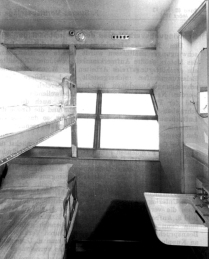 Cabin onboard the LZ-130 Graf Zeppelin II
Cabin onboard the LZ-130 Graf Zeppelin II 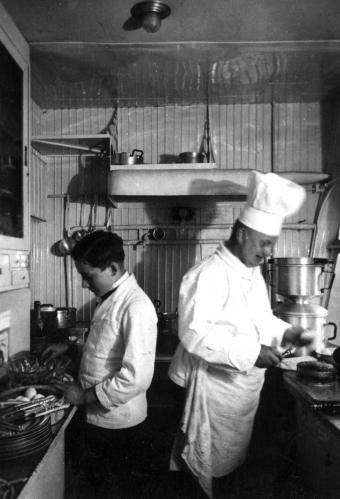 Kitchen onboard the LZ 127 Graf Zeppelin.
Kitchen onboard the LZ 127 Graf Zeppelin. 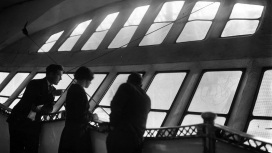 Passengers on the promenade of the R100.
Passengers on the promenade of the R100.  Dining room of the LZ 129 Hidenburg.
Dining room of the LZ 129 Hidenburg. 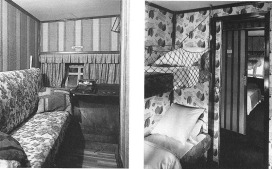 Passenger cabin on the LZ 127 Graf Zeppelin.
Passenger cabin on the LZ 127 Graf Zeppelin. 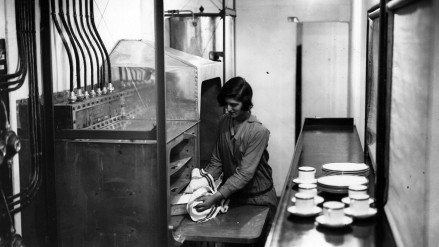 Maid prepares a meal in the kitchen of the R100.
Maid prepares a meal in the kitchen of the R100. 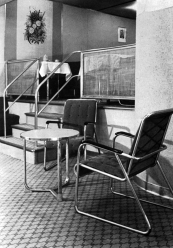 Lounge onboard the LZ-130 Graf Zeppelin II
Lounge onboard the LZ-130 Graf Zeppelin II  Dining room on the LZ 127 Graf Zeppelin.
Dining room on the LZ 127 Graf Zeppelin. 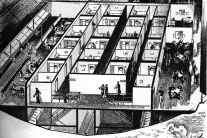 Another cutaway of the LZ 129 Hindenburg.
Another cutaway of the LZ 129 Hindenburg.  Passengers boarding a R101.
Passengers boarding a R101.
[!] Note: While one of the most successful dirigibles, the LZ 127 Graf Zeppelin had a different layout than the others. It crammed passengers and crew into a large forward gondola that extended partly into the ship’s frame. You can see its design and deck plan here. The larger LZ 130 Graf Zeppelin II moved passengers into the frame.
While airships won’t be appearing in my writing anytime soon, I now understand the attraction. They’re an ocean liner in the sky, a home to their crew, and a hotel to their passengers. They’re not at all cramped. I can see why they’d be the transportation choice for pulpy adventures. Just make sure you have your ticket.
Share:




